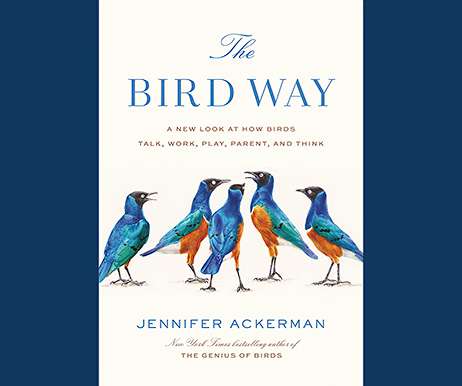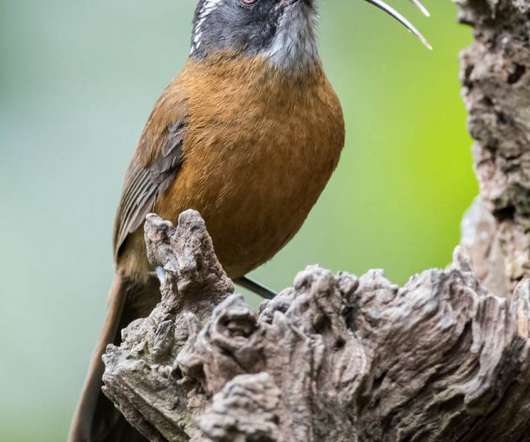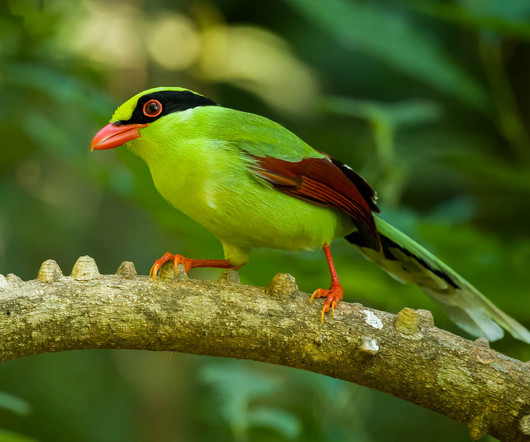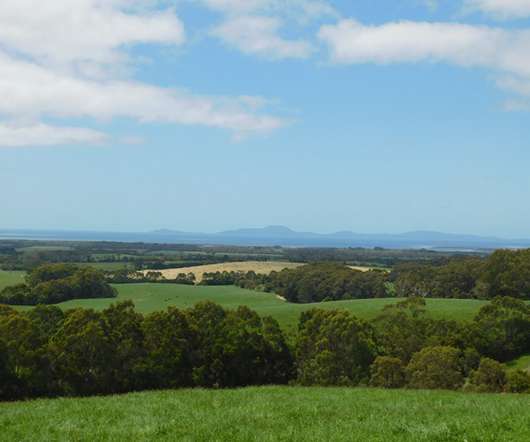Linda Hufford: A Rehabber Comments on “Collecting” Rare Birds
10,000 Birds
OCTOBER 23, 2015
Upon arrival we were given strict and non-flexible rules: never go even one inch off the ice paths, never allow the tiniest piece of litter to escape, never interact in any way with the wildlife, and cause absolutely no environmental damage. The justification was ridiculously laughable: in order to further study the species.


















Let's personalize your content